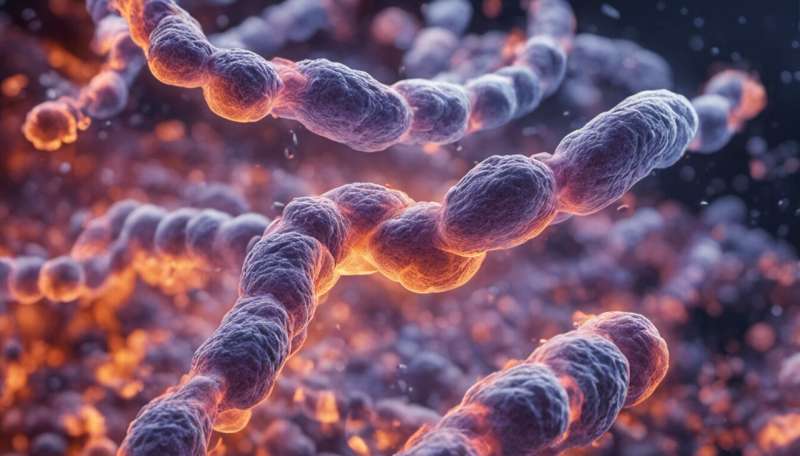Cancer cells disguised as stem cells gain extra resistance

Why are certain cancer cells so resistant? The answer may be that they have either retained or acquired attributes normally found in stem cells.
Stem cells are very resilient and have an exceptional capacity to protect themselves. If cancer cells are able to take on such attributes, it is no wonder that it may be difficult to get the better of them.
"It does appear that certain cancer cells have adopted many of the characteristics normally found in stem cells," affirms Stefan Krauss, Research Team Leader at Oslo University Hospital and Managing Director of the Cancer Stem Cell Innovation Center (SFI CAST), a Norwegian Centre for Research-based Innovation.
Malfunction in the signal control mechanisms of cells
Dr Krauss and his colleagues are especially interested in the signals that control the activity of stem cells and how these can be influenced. One of these signals is Wnt/β–catenin, found in many types of stem cells.
"Both we and other researchers have discovered that this signal is present in unusually large amounts in many cancer cells, particularly cancer cells with a greater resemblance to stem cells than normal cancer cells," Dr Krauss explains.
Wnt/β-catenin is part of a signalling system comprising many control mechanisms that ensure that the cell contains the proper amount of the signal. These mechanisms fail occasionally, which may result in unusually aggressive and resistant cancer cells.
Testing a molecule that could change the attributes of cancer cells
Dr Krauss and his colleagues see opportunity in this tremendous challenge. If the Wnt/β-catenin signal in cancer cells can be controlled it may be possible to alter the properties of cancer cells.
The efforts of the Oslo-based researchers over the past five years have made them world leaders in their field. The researchers have located and further developed a molecule that specifically reduces the amount of Wnt/β–catenin in certain cancer cells, and are now testing the molecule in animal models (mice).
"We have seen that the molecule has a significant effect on certain types of cancer, making the cancer cells look less like stem cells and more like mature, differentiated cells. It appears, then, that the cells will also be more receptive to traditional treatment," explains Stefan Krauss.
He emphasises, however, that it is important to maintain realistic expectations.
"Cancer cells vary greatly. In addition, there is significant variation between different types of cancer as well as between patients with the same type of cancer," Dr Krauss points out.
Detrimental to stem cells?
Another obstacle is that the molecule discovered by Dr Krauss and his group can also affect stem cells. What this means and whether it is a problem remains to be determined.
"This is a new treatment principle, and we have to take one step at a time in order to see what occurs in cancer cells and in stem cells. Any side effects in stem cells will have to be weighed against the positive effects on cancer cells," concludes Professor Krauss.
The Norwegian researchers are currently in discussion with two major international pharmaceutical companies concerning the further development of molecules for testing on human subjects.















